June 01, 2023
An Egyptian archaeological mission working under the direction of Dr. Mostafa Waziry, the Secretary General of the Supreme Council of Antiquities, have announced a series of major discoveries in Saqqara.
The biggest announcement is that of two mummification workshops, one was dedicated for mummifying humans and the other was for mummifying animals. The workshops date to Dynasty 30 and the Ptolemaic Period (380-30 BCE). The human workshop is a rectangular structure consisting of multiple rooms. The workshop contained two stone beds, measuring 2 meters (6.6 feet) long and 50 cm (20 inches) wide on which the dead bodies were prepared to be mummified. The workshop also contained materials used by the ancient embalmers in preparing the dead bodies to be properly mummified such as canopic jars, embalming tools, pottery jars with different materials, linen, and resin. The animal workshop is rectangular and contained five stone beds, clay pots, and animal burials. It is believed that the workshop was dedicated to sacred animals related to the goddess Bastet.
Additionally, the team found two beautiful tombs in the area. The first belongs to an official called Ne-Hesut-Ba, and dates to Dynasty 5 (c. 2400 BCE). Ne-Hesut-Ba was an important official who held administrative and religious titles such as being the head of scribes and being a priest for the god Horus and the goddess Maat. Inscription from the mastaba tomb mention Ne-Hesut-Ba’s wife Teb-Em-Neferet.
The other tomb belongs to a priest called Men-Kheper, and dates to Dynasty 18 (c. 1400 BCE). The team uncovered a niche in the tomb that contained a beautiful alabaster statue of Men-Kheper. It depicts him seated and holding a lotus flower in one hand across his chest. His shoulder has four cartouches inscribed with the names of king Tuthmosis III and Tuthmosis IV. Other artifacts include a funerary stela and fragments of papyrus.
The team also found a wide range of statues dated to the Old Kingdom and a well-preserved coffin dated to the end of the New Kingdom or beginning of the Third Intermediate Period.
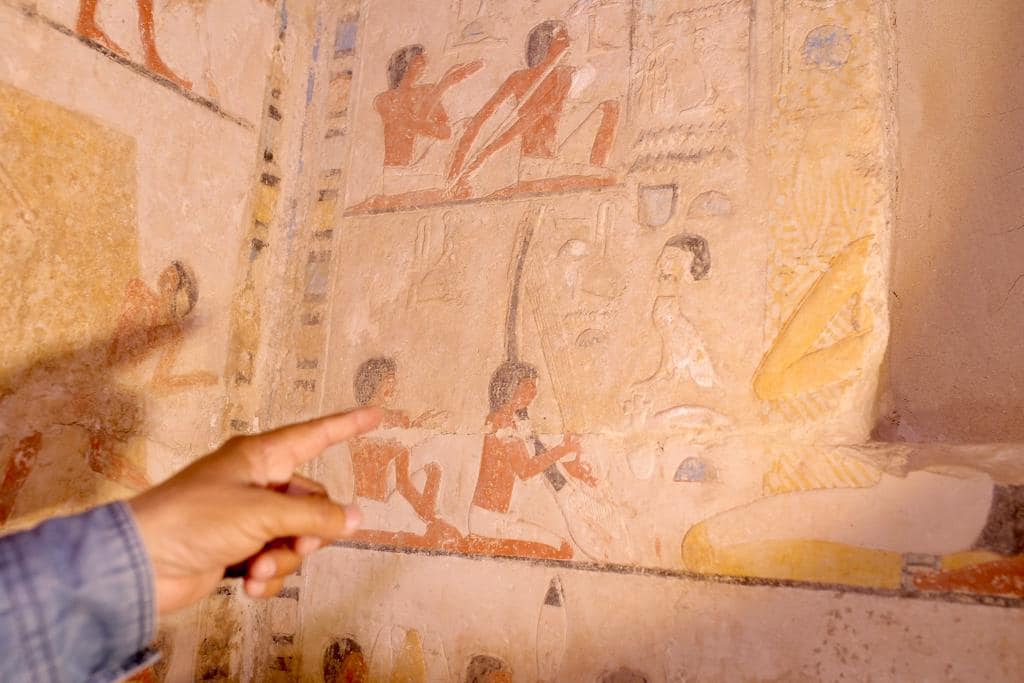
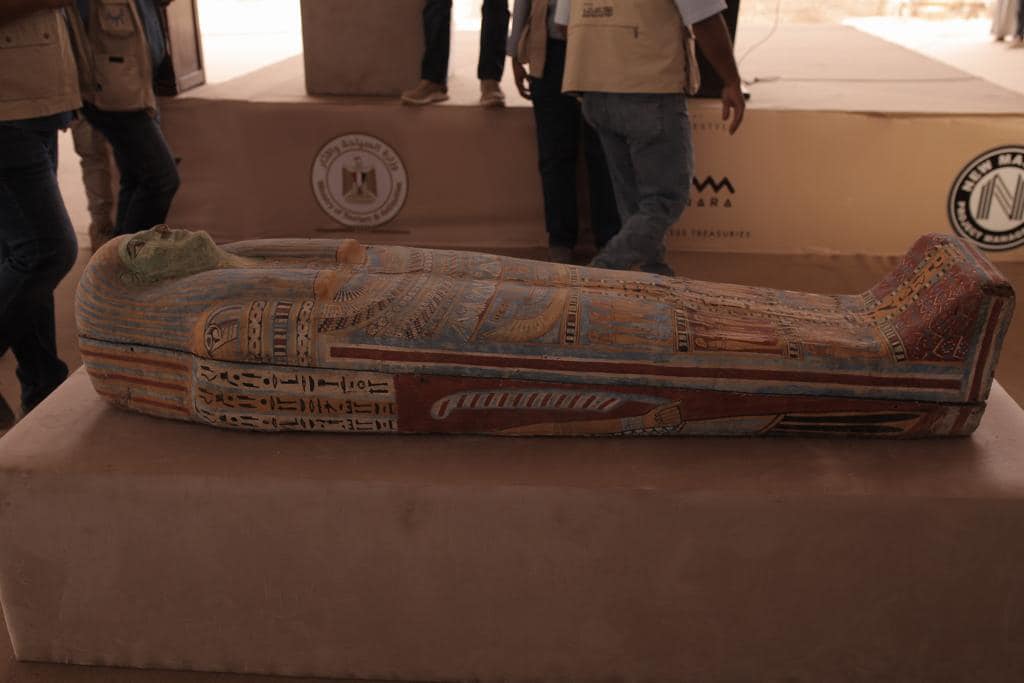
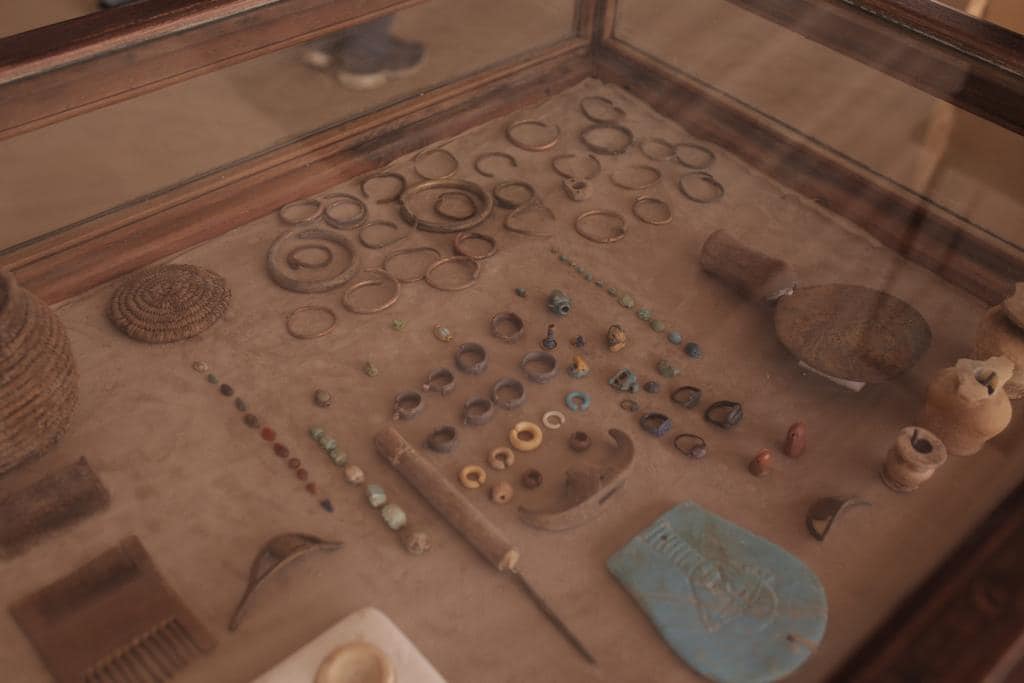
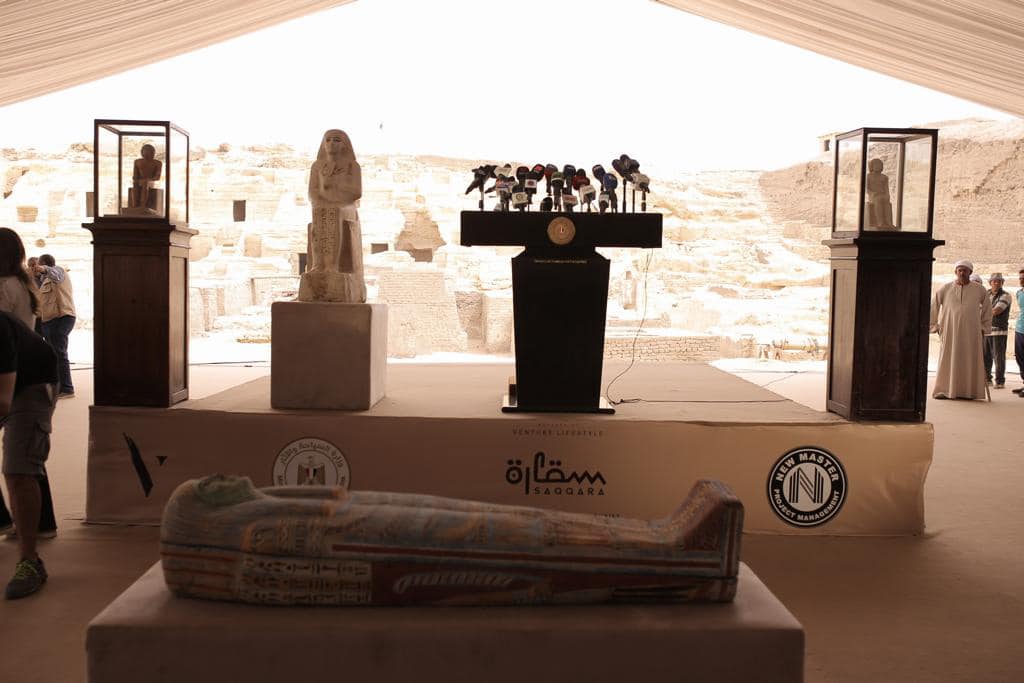

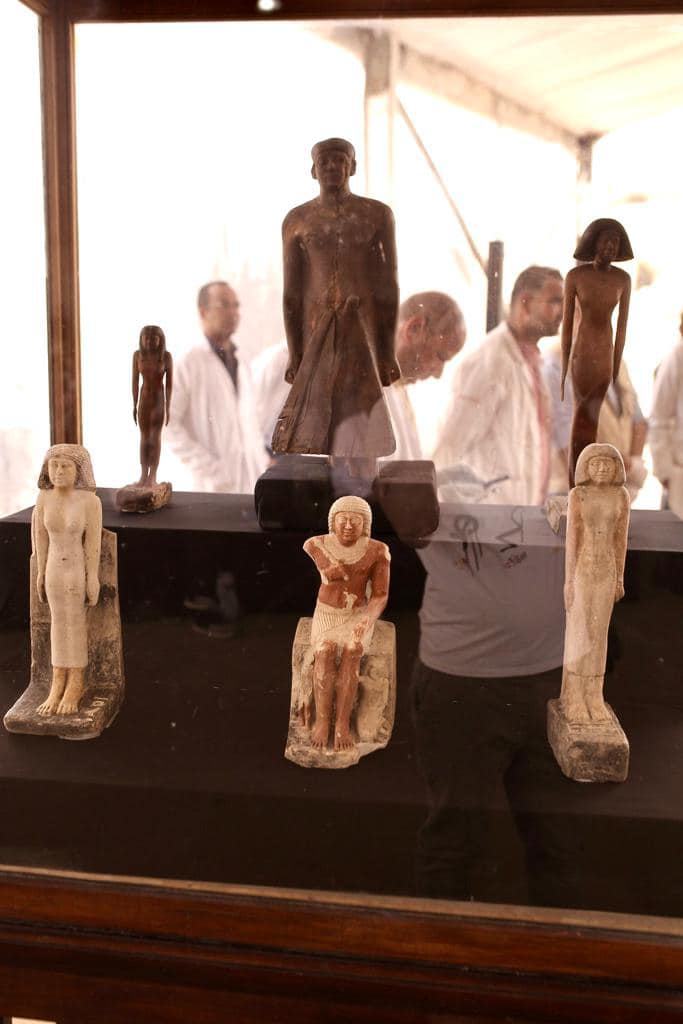
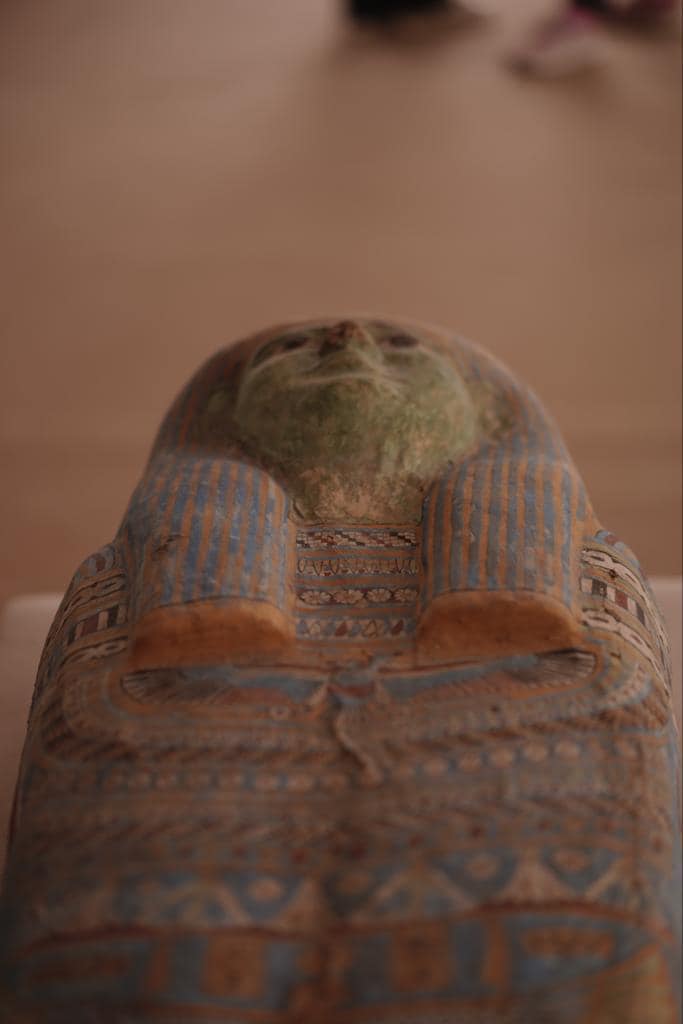

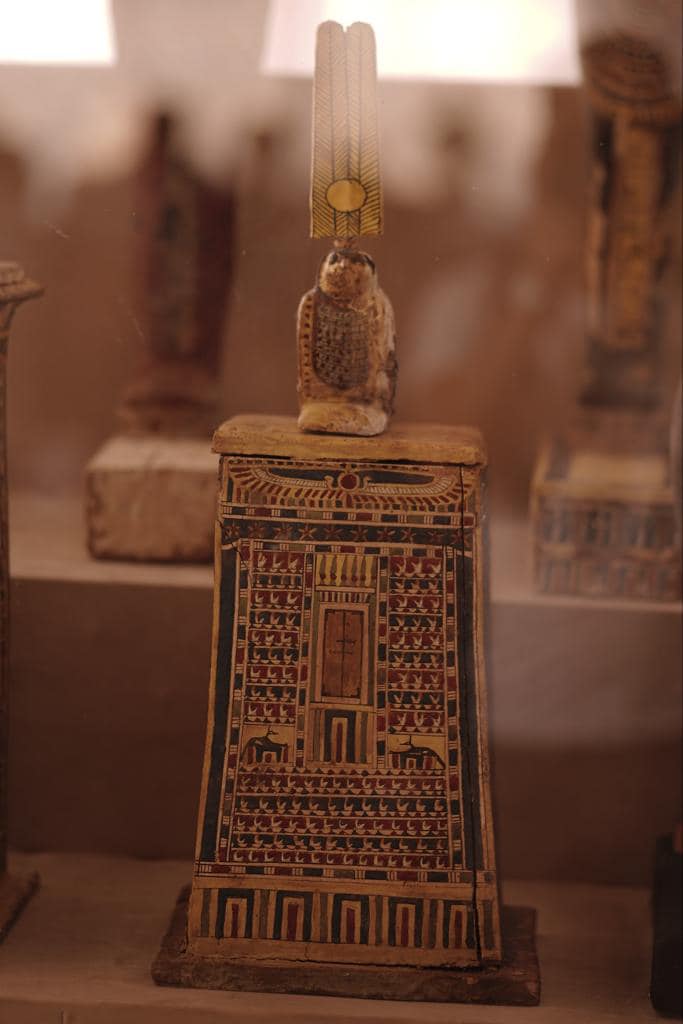
Sandra Carreras
If you wish to receive more information on our new tours, events and news of our portal, please enter your e-mail address:
